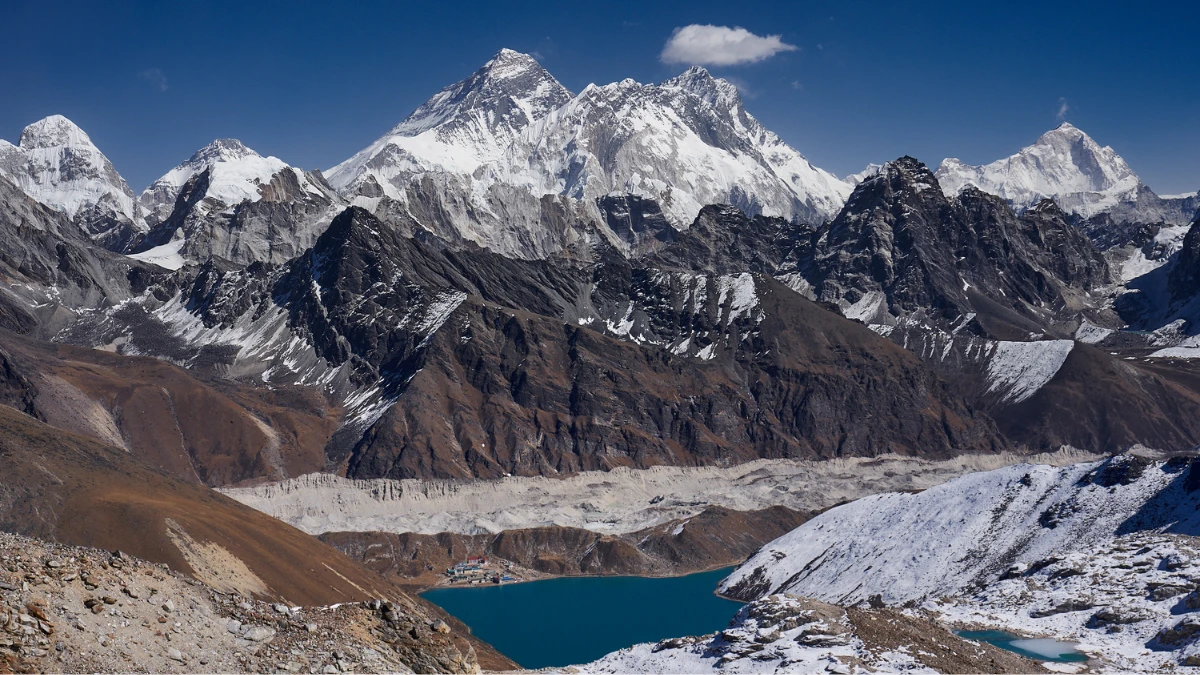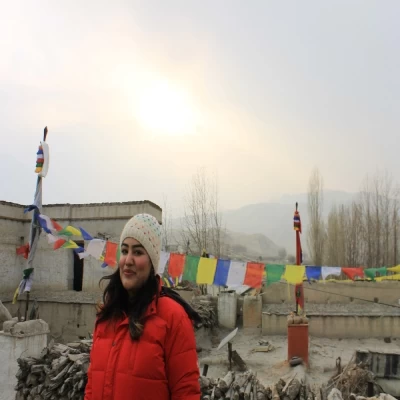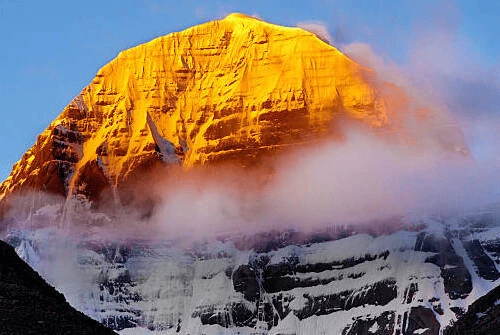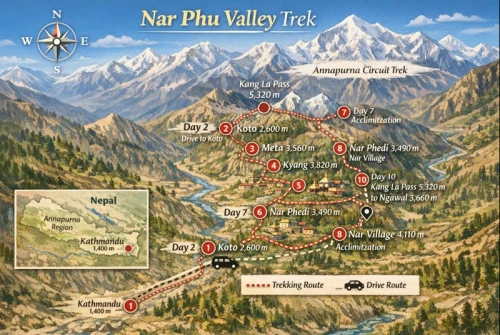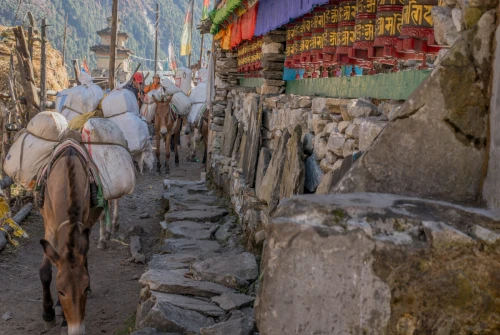Laundry and Hot Shower in Everest Base Camp Trek
Overview
The Everest Base Camp Trek is one of the most iconic adventures in the Himalayas, taking us through breathtaking valleys, ancient Sherpa villages, and into the heart of the world’s highest mountains. While the landscapes and cultural experiences are truly unforgettable, one question many trekkers ask is about basic facilities such as laundry and hot showers during the Everest Base Camp trek. After all, the journey is not just about endurance and exploration—it’s also about maintaining a sense of comfort in one of the most remote corners of the world.
Understanding where, when, and how laundry and hot showers are available on the EBC trek can make a huge difference in how we pack and how we prepare for the trek. These facilities vary depending on the altitude, availability of resources, and the level of development in different villages. Knowing the reality of what to expect allows us to balance comfort with practicality while trekking in the Himalayas.
In the lower regions of the trek, facilities are relatively better with reliable hot showers, laundry services, and even some luxury amenities in Namche Bazaar and Lukla. However, as we ascend higher into the Khumbu Valley, the availability of hot water decreases, prices rise, and laundry services become nearly impossible. This is why proper planning and understanding these services is essential for anyone trekking to Everest Base Camp.
In this detailed guide, we will explain everything about laundry and hot showers during the Everest Base Camp trek, including their availability, costs, alternatives, and practical tips to help us stay fresh and comfortable during this Himalayan journey.
What Kind of Laundry Services Are Available on the Everest Base Camp Trek?
Laundry services are not the same as we might expect back home. In the lower sections of the trek, especially in places like Lukla, Phakding, and Namche Bazaar, we can find lodges and teahouses offering basic laundry services. Clothes are usually washed by hand and dried in the sun, which means they may take longer to return, especially if the weather is cloudy.
As we ascend higher, beyond Tengboche and Dingboche, laundry services become scarce. The cold temperatures, lack of sunlight, and limited water supply make it almost impossible for teahouses to provide laundry. At this stage, it’s up to us to manage our clothes with careful rotation and by carrying lightweight, quick-drying fabrics that are easier to hand-wash ourselves.
It is important to note that in the higher regions, such as Lobuche and Gorak Shep, laundry services are practically non-existent. At this point, trekkers should rely on what they’ve carried and focus on keeping essential items clean.
How Much Does Laundry Cost on the Everest Base Camp Trek?
Laundry prices on the trek vary according to altitude. In Namche Bazaar, we can expect to pay around $2–$3 per item, which is reasonable considering the effort it takes to provide the service in such remote areas. As we go higher, prices increase and services become less reliable.
Most teahouses charge by the piece rather than by weight, so packing fewer, versatile clothing items helps minimize both costs and effort. Since drying clothes in higher altitudes takes longer due to cold air and reduced sunshine, many lodges may refuse laundry requests beyond a certain point in the trek.
In short, if we want proper laundry services, it’s best to take advantage of them in Lukla and Namche Bazaar before heading further up into the Khumbu Valley.
Are Hot Showers Available During the Everest Base Camp Trek?
Yes, hot showers are available on the EBC trek, but their quality, availability, and cost vary significantly as we ascend. In the lower regions such as Lukla, Phakding, and Namche Bazaar, most lodges offer hot showers powered by gas or solar heaters. The water is reasonably warm, and we can enjoy a refreshing shower at the end of a long trekking day.
However, as we climb higher into places like Dingboche, Lobuche, and Gorak Shep, hot water becomes a luxury. Here, most lodges rely on solar-heated buckets, which may not always be warm enough, especially on cloudy days. Some lodges provide hot water in buckets instead of showers, where we can wash ourselves in a more traditional style.
By the time we reach the final stages of the trek, hot showers may no longer be an option at all. Instead, trekkers often rely on wet wipes, dry shampoo, and sponge baths to maintain hygiene before finally descending to warmer regions where showers are once again available.
How Much Do Hot Showers Cost on the Everest Base Camp Trek?
Hot showers are not included in the standard room price of teahouses. In Lukla and Namche Bazaar, a hot shower typically costs around $5–$7 per use. As we go higher, the price increases to $10 or more in places like Dingboche, Lobuche, and Gorak Shep. This cost reflects the difficulty of transporting gas cylinders or installing solar panels in high-altitude areas. Water itself is a precious resource in the Himalayas, and carrying fuel to heat it makes it even more expensive. Trekkers should budget for 3–4 hot showers during the entire trek if they wish to save money while still maintaining a basic level of cleanliness.
How Can We Stay Fresh Without Laundry and Showers?
Since both laundry and hot showers become limited as we climb higher, trekkers often rely on alternative methods to stay fresh:
- Wet wipes and sanitizing tissues are a must-have for daily cleaning.
- Quick-dry clothing that resists odor is essential for rotating outfits.
- Layering system allows us to keep inner clothing clean while outer layers collect most of the dust and sweat.
- Dry shampoo or talcum powder can help freshen up hair without water.
- Merino wool base layers are excellent for trekking, as they remain odor-resistant even after multiple uses.
By combining these small habits, we can remain relatively clean and comfortable without depending entirely on laundry or showers in the higher regions of the trek.
Best Tips for Managing Laundry and Showers on the EBC Trek
- Do laundry early in the trek – Use Namche Bazaar as your last reliable stop for proper laundry services.
- Carry small amounts of detergent – For washing socks, underwear, or base layers yourself.
- Use quick-drying fabrics – avoid cotton, as it takes too long to dry in cold air.
- Limit showers – Plan only a few hot showers during the trek to save money and energy.
- Carry personal hygiene essentials – Wet wipes, deodorant, and hand sanitizer are indispensable.
Cost Table: Laundry and Hot Shower on Everest Base Camp Trek
Location | Laundry Availability & Cost | Hot Shower Availability & Cost | Notes |
Namche Bazaar (3,440m) | Available in many lodges and shops. Around $2–3 per item. | Gas/solar showers are widely available. $5–7 per shower. | Last reliable place for full laundry services. Clothes dry faster here. |
Tengboche (3,860m) | Limited laundry (by hand). $2–4 per item, but not always available. | Basic hot showers (solar bucket style). $6–8 per shower. | Weather-dependent, especially if cloudy. |
Dingboche (4,410m) | Very limited. Sometimes $3–4 per item; drying is difficult. | Bucket showers only, heated by gas/solar. $8–10 per shower. | Laundry is discouraged due to the cold and slow drying. |
Lobuche (4,940m) | Almost non-existent. If available, $3–5 per item (rare). | Bucket showers with heated water. $10–12 per shower. | Water supply is scarce and expensive. |
Gorak Shep (5,164m) | No laundry services available. | Hot shower usually not available; if offered, $12–15 per bucket. | At this altitude, most trekkers skip showers and rely on wipes. |
Everest Base Camp (5,364m) | No laundry facilities at all. | No hot showers available. | Only wet wipes and dry cleaning methods are possible here. |
Conclusion
The Everest Base Camp trek is not just about reaching the base of the world’s highest peak—it’s also about adapting to life in the high Himalayas. When it comes to laundry and hot showers, trekkers must accept that services are limited, costly, and often unavailable in the higher regions. By planning ahead, utilizing available facilities wisely, and adopting alternative hygiene practices, we can remain fresh and comfortable throughout this remarkable journey.
